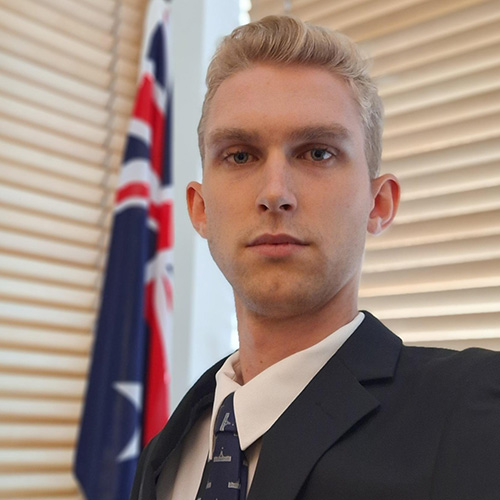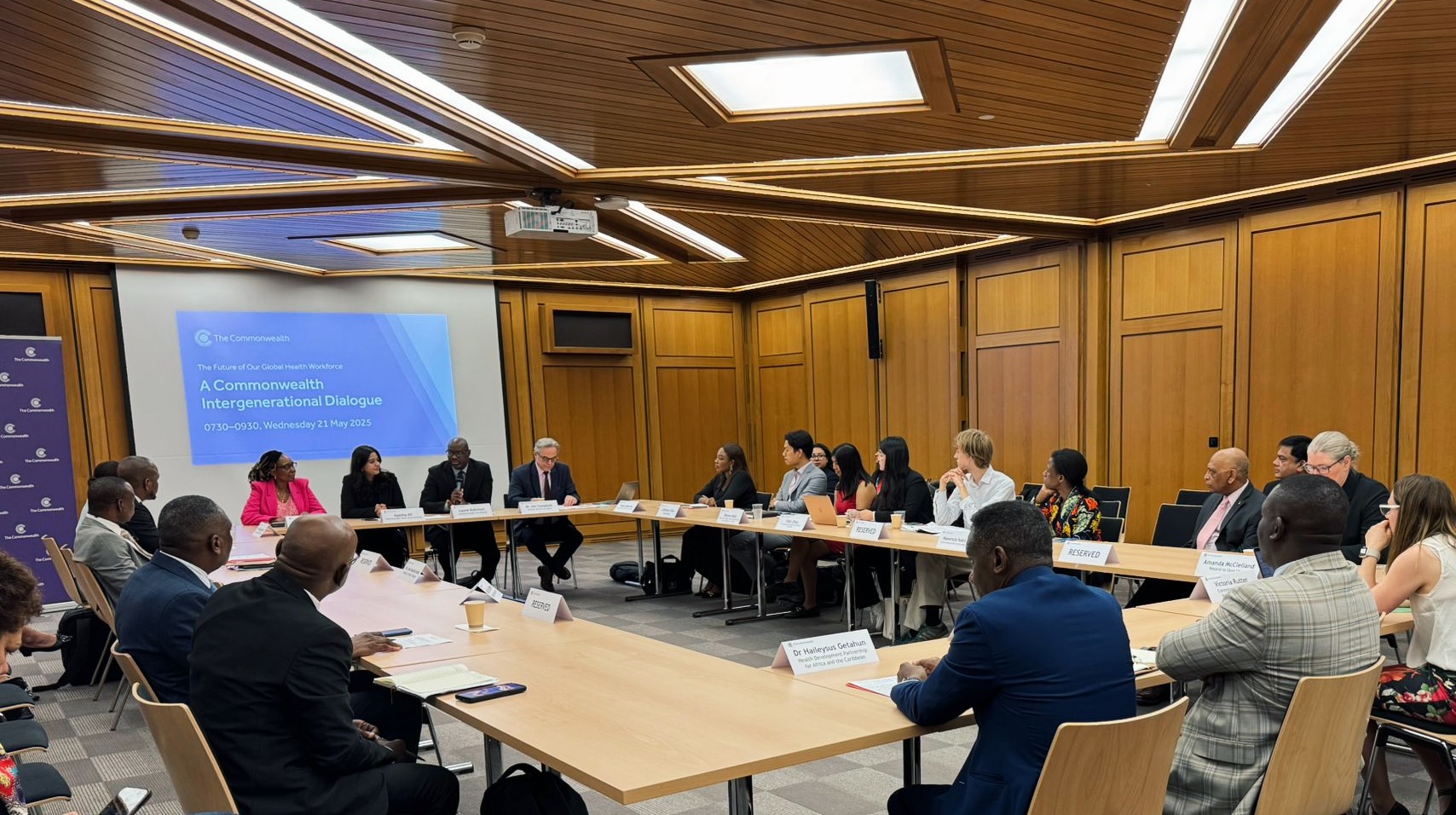Australia’s military in recruitment crisis amidst growing global insecurity
February 18by Cody Mitchell
The Australian Defence Force (ADF) has always struggled to meet recruitment and retention targets. However, in light of an increasingly volatile geostrategic situation, these challenges are increasingly acute.
The news broke recently that the Australian Government was considering “mothballing” one or two of the Royal Australian Navy’s eight Anzac-class frigates—the backbone of the Navy’s surface fleet—due to ongoing challenges filling key technical roles.
In November last year, the Navy pulled the first-of-class frigate HMAS Anzac out of the water indefinitely, moving it into a state of “extended readiness” and leaving just seven vessels fully operational.
Australian media has reported that crew shortages (especially for technical positions like marine and electrical engineers) were responsible for the decision—with the Defence Department now seeking advice from Fleet Command on the implications of pulling up to another two vessels from the water.
A Defence spokeswoman acknowledged that “growth and retention of a highly skilled Defence workforce is an immediate priority,” but didn’t comment on the specifics of the media report. Crucially, she confirmed that all three of the navy’s most powerful surface warships—the Hobart-class Air Warfare Destroyers—were “available and ready to meet government tasking”.
The report comes shortly after Australia’s Defence Minister and Deputy Prime Minister, Hon. Richard Marles, declined a request from the United States for Australia to contribute a warship to a US-led force protecting shipping in the Red Sea—leading to speculation that the workforce shortages may have contributed to that decision.
Mr Marles defended the decision, stating that Australia’s “strategic focus is our region,” including “the north-east Indian Ocean, the South China Sea, the East China Sea, the Pacific.”
Shadow Defence Minister and former Special Air Service (SAS) captain Hon. Andrew Hastie was highly critical of the Government’s refusal, accusing it of “sitting on the sidelines,” while the United States and Britain did the “heavy lifting” protecting shipping in the Red Sea. He suggested that Australia was “punching below our weight”.
Peter Jennings, a former deputy secretary of the Department of Defence, noted, “It’s been clear for a while that actually Defence’s single biggest problem is recruiting and retaining people.” He argued that Defence was not properly prioritised in government policy.
According to The Australian, uniformed workforce numbers for the ADF were 3,400 below target at the end of the last financial year—meaning the workforce was 5.5 per cent smaller than the planned figure of 62,000.
Liberal Senator Hon. David Fawcett—also a veteran, having served as an Army pilot and as the commander of the Air Force’s Aircraft Research and Development Unit—acknowledged that recruitment and retention were long-standing issues for Defence under both sides of politics. However, he commented that the policies of the Labor Government were only “making a difficult problem worse”.






